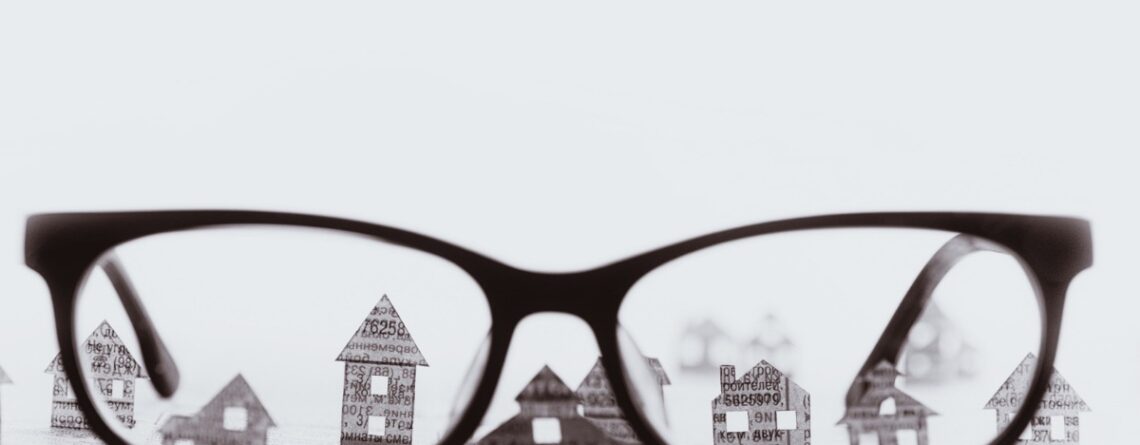Alternatives to Open Houses
An open house is a scheduled period when a home for sale is open to the public for viewing. Real estate agents or homeowners usually host open houses to attract potential buyers. The main purpose is to showcase the property’s features and allow direct interaction between buyers and sellers.
However, traditional open houses come with challenges. They require significant preparation, including cleaning, staging, and arranging refreshments, which can be time-consuming and costly. Moreover, they usually attract serious buyers, curious neighbors, and casual visitors, making it hard to gauge genuine interest. Security is another concern, as you invite strangers into the home. Traditional open houses are often limited to weekends and specific hours, which may not suit everyone’s schedule. Here are some alternatives to Open Houses.
Remote Virtual Tours
Remote virtual tours are digital walkthroughs of a property, allowing potential buyers to explore it online through 3D visuals or live video. Unlike traditional open houses, these tours are accessible anytime and anywhere, requiring only internet access. For buyers, virtual tours save time and effort as they can shortlist properties without physically visiting each one. For sellers, these tours broaden the pool of potential buyers, reaching those who are out of town or have scheduling conflicts.
Conducting a virtual tour involves using a specialized camera to capture 360-degree images or videos of the property. Software platforms can then stitch these together to create an interactive experience. Alternatively, live video tours can be conducted using simple tools like smartphones and video conferencing apps.
3D Walkthroughs
3D walkthroughs are a virtual tour that offers an immersive, three-dimensional view of a property. They provide a lifelike experience, enabling potential buyers to navigate through spaces as if they were physically present. The advantages include a more detailed and interactive experience than static images or videos, leading to quicker buyer decision-making and higher seller engagement.
Creating a 3D virtual tour requires specialized equipment like a 3D camera that captures spatial data and high-resolution images. Professionals usually photograph the property room by room, ensuring each area is adequately covered. These platforms offer features ranging from simple 3D imaging to highly detailed models with floor plans and virtual staging options.
Video Showcases
Video showcases are pre-recorded videos that present a guided property tour, often narrated by the real estate agent or seller. Unlike 3D walkthroughs, they are linear, providing a curated experience emphasizing the property’s highlights. The benefits include crafting a compelling narrative around the property and focusing on its best features, making it more appealing to potential buyers.
For an engaging video showcase, it’s important to plan the sequence of shots, ensuring a logical flow from room to room. Professional lighting and stabilizing equipment can improve video quality, while good narration adds value by providing context and details that images alone cannot convey. Promoting video showcases involves sharing them on various platforms, including real estate listing sites, YouTube, and social media channels like Facebook and Instagram.
Interactive Floor Plans
Interactive floor plans combine the spatial layout of a property with clickable icons or hotspots, allowing users to see images, videos, or descriptions of individual rooms. This feature comprehensively explains a property’s layout and spatial relationships between rooms.
To create an interactive floor plan, you start with a basic, accurately measured floor plan that you can draw manually or generate using software. Then, using specialized platforms like RoomSketcher or Floorplanner, you can upload the floor plan and add interactive elements such as clickable icons, images, or even 360-degree photos.
You can embed interactive floor plans into property listings on real estate websites using an HTML code that the platform provides once you create them.
Private Viewings by Appointment
Private viewings by appointment offer a tailored, one-on-one experience for serious buyers to explore a property without the distractions common in open houses. The advantages include focused attention from the agent or seller, the ability to ask detailed questions and a more flexible schedule tailored to the buyer’s availability. For sellers, private viewings help identify genuinely interested parties, thus increasing the likelihood of a sale.
When scheduling private viewings, it’s essential to coordinate with all parties involved, including the homeowner, if the property is currently occupied. An online scheduling tool can streamline this process. Ensure the property is clean, well-lit, and staged to make a positive impression. Preparing informational brochures can also add value to the viewing experience.
Utilizing 360-Degree Photos
360-degree photos offer a panoramic view of a space, allowing users to virtually “stand” in one spot and look around in all directions. These photos provide a more immersive experience than traditional images, giving potential buyers a better sense of the property’s ambiance.
Capturing 360-degree photos requires a specialized camera with a fisheye or wide-angle lens. Various software solutions like Adobe Photoshop or specialized 360-degree photo editing tools can assist. To integrate these photos into online listings or websites, you must often upload them to a platform that supports 360-degree imagery, such as Kuula or Google Street View. Some real estate listing services now offer native support for 360-degree photos.
Leveraging Social Media and Online Advertising
Social media and online advertising revolutionize property marketing and offer a robust alternative to traditional open houses. These platforms enable agents and sellers to reach targeted audiences without the geographical or time limitations of physical viewings. Social media sites are valuable for sharing property photos, video showcases, and interactive features to engage potential buyers.
Strategies for promoting properties on social media may include regular posts featuring high-quality images and using hashtags to increase visibility. Furthermore, targeted online advertising offers more precision in reaching potential buyers. Moreover, platforms allow for detailed demographic and interest-based targeting. Geo-fencing can zero in on users in specific locations while retargeting can re-engage users.
New Methods to Selling Real Estate Houses
These digital tools are transforming the real estate industry. Furthermore, it offers greater efficiency, broader reach, and tailored experience for buyers and sellers. Moreover, real estate professionals who embrace these innovative methods stand to gain a competitive edge. Real estate offers exciting opportunities, you must embrace it as essential.















LEAVE A COMMENT